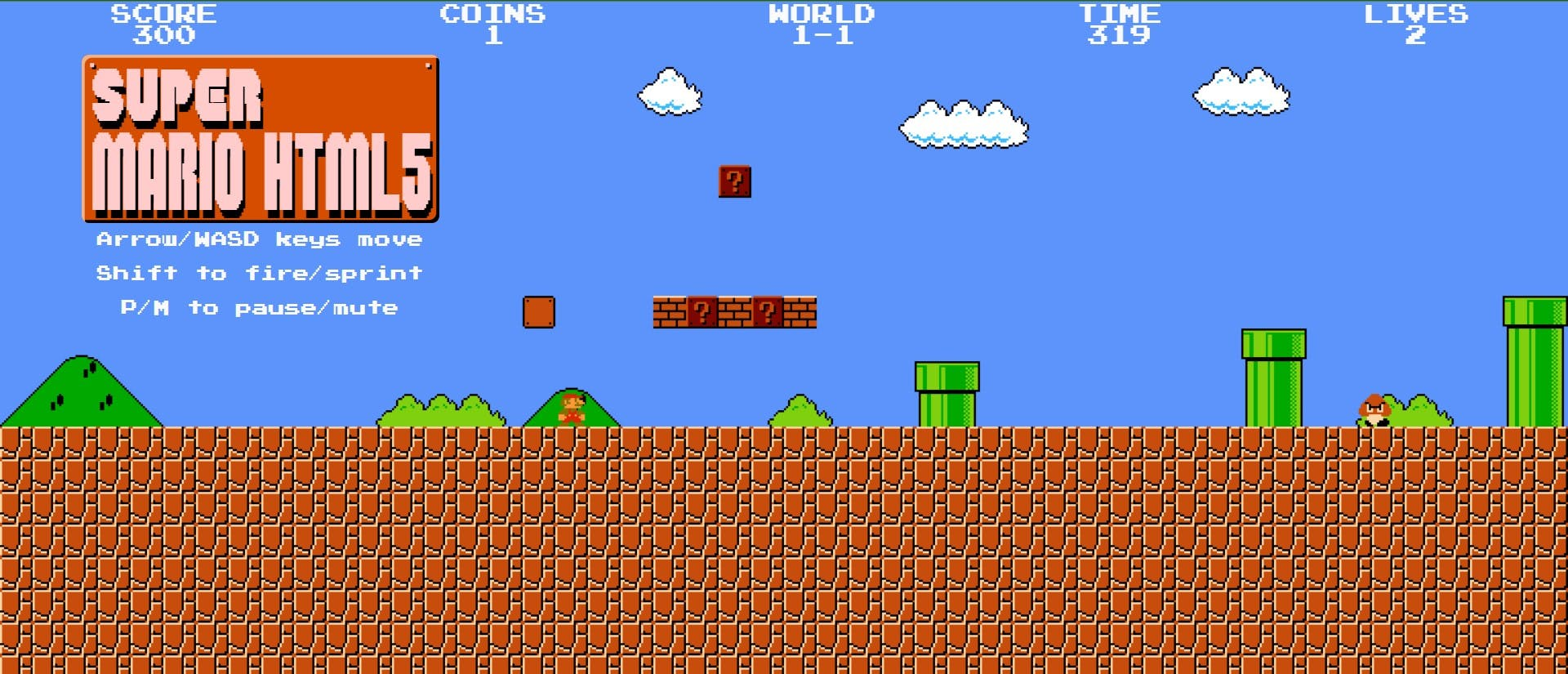Deploying Mario Bros with Helm on Kubernetes
In a previous post, we explored deploying Mario Bros on a Kubernetes cluster using kubectl to apply the associated manifest directly. Today, we’ll take a different approach and learn how to deploy the game using Helm, leveraging a Helm chart.
For more detailed information, refer to this repository
Prerequisites
Before you begin, make sure you have the following available:
- Kubernetes Cluster: Ensure you have a running Kubernetes cluster. For that you can follow this post to easily deploy a k8s cluster with Civo.
- Helm: You need helm to manage the chart. You can follow the official installation link.
Defining the chart
First, clone the repository containing the Helm chart:
git clone https://github.com/veben/helm_charts.git
cd helm_charts/charts/helm_chart_mario_bros
You can then customize the values.yaml file. By default, the deployment contains 2 replicas, and the application is exposed via a service of type LoadBalancer.
replicaCount: 2
image:
repository: sevenajay/mario
pullPolicy: IfNotPresent
tag: "latest"
nameOverride: ""
fullnameOverride: ""
service:
type: LoadBalancer
port: 80
Deploying the game
Deploy the game using Helm with the following command:
helm install mario-bros ./
Testing the game
After installation, the chart will provide instructions to retrieve the URL to access the game. Copy the URL into a browser to start playing Mario Bros.

IV. Uninstalling the game
You can uninstall the game with this command:
helm uninstall mario-bros
